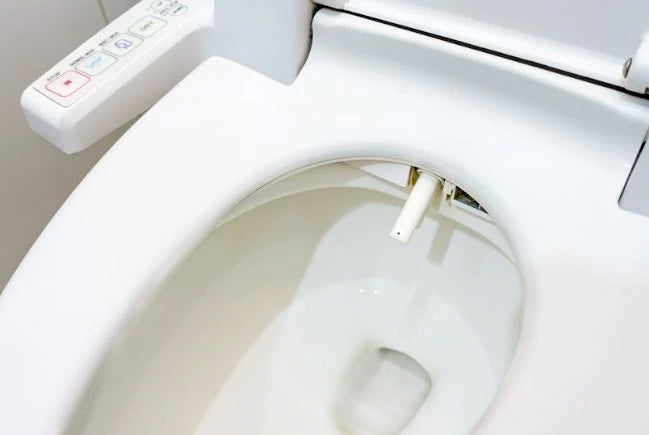The debate between bidet-vs-Japanese-toilet has been a topic of interest for many in the Industry QA sector, as both options offer unique benefits and features. In recent years, the interest in advanced bathroom technology has surged, leading many to consider upgrading their traditional toilets. Whether you're seeking improved hygiene, environmental benefits, or a touch of luxury, understanding the differences between a standard bidet and a Japanese toilet is essential.
The concept of a bidet isn't new, but its evolution into modern designs and its comparison with technologically advanced Japanese toilets has sparked curiosity. With the world moving towards smarter living solutions, the bathroom is not left behind. Let's delve deeper into what sets these two apart, and which might be the better fit for your needs.

Understanding Bidets: A Brief Overview
Traditionally, a bidet is a bathroom fixture designed to wash the genitalia, perineum, inner buttocks, and anus. Originating in France, bidets have been a staple in European bathrooms for centuries. Modern bidets come in various forms, from standalone fixtures to attachments that fit onto existing toilets. They are praised for their ability to promote better hygiene and reduce the use of toilet paper. For a comprehensive guide on the different types of bidets, check out our bidet product reviews.
Advantages of Using a Bidet
- Improved Hygiene: Bidets offer a more thorough clean compared to toilet paper alone.
- Environmental Benefits: Reduces the need for toilet paper, thus saving trees and water.
- Cost-Effective: Over time, the reduction in toilet paper usage can lead to savings.
Despite these advantages, some users find the adjustment to using a bidet challenging, especially if they're accustomed to traditional toilet paper.
Japanese Toilets: The High-Tech Hygiene Solution
Japanese toilets, often referred to as washlets, epitomize the fusion of technology and comfort. They are equipped with features that transform a mundane activity into a luxurious experience. From heated seats to air dryers, these toilets aim to provide the utmost convenience. The luxury features of Japanese toilets make them a favorite among tech enthusiasts.
Key Features of Japanese Toilets
- Heated Seats: Provides comfort during colder months.
- Automatic Lid: Opens and closes automatically, enhancing hygiene.
- Deodorizer: Keeps the bathroom smelling fresh.
- Built-in Bidet Functions: Offers various spray settings for personalized cleaning.
However, with these high-tech features comes a higher price tag, making Japanese toilets a significant investment.
Choosing Between a Bidet and a Japanese Toilet
The choice between a bidet and a Japanese toilet often boils down to personal preference, budget, and bathroom space. While bidets are generally more affordable and easier to install, Japanese toilets offer a range of high-tech features that enhance the overall bathroom experience. For those interested in the specifics of how these systems work, the functionality of bidet seats is worth exploring.
Factors to Consider
- Budget: Consider the long-term savings of a bidet versus the initial investment in a Japanese toilet.
- Space: Ensure your bathroom can accommodate the fixture you choose.
- Personal Preferences: Decide which features are non-negotiable for your comfort and hygiene.
Conclusion
In the ongoing bidet-vs-Japanese-toilet debate, there is no definitive answer. Both have their merits and can significantly enhance bathroom hygiene and comfort. It's about finding the right balance between technology, cost, and personal needs. As the world continues to evolve, so do our bathrooms, offering exciting opportunities to embrace innovation in even the most private of spaces. For those who wish to delve deeper into the pros and cons of these options, our detailed analysis on the pros and cons of bidets can provide further insights.

FAQs
1. Are bidets more hygienic than toilet paper?
Yes, bidets typically offer a more thorough clean compared to toilet paper, reducing the risk of irritation and infection.
2. Do Japanese toilets require special plumbing?
Most Japanese toilets can be installed with standard plumbing, but they may require an electrical outlet for their advanced features.
3. Can I install a bidet on my existing toilet?
Yes, many bidet attachments are designed to fit onto existing toilet seats, making installation simple and convenient. For detailed instructions, you can visit this guide.
This article contains affiliate links. We may earn a commission at no extra cost to you.






